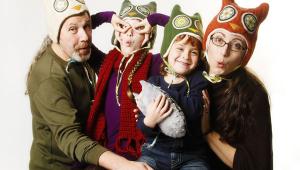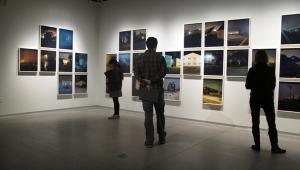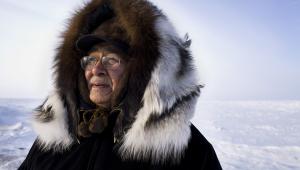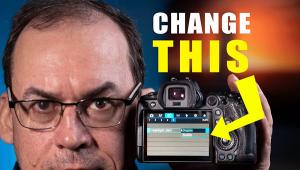Business Trends
Reinventing Your Business, Selling High End Portraits; An Interview With David Freeman
Because you need a specific
marketing message to sell to potential clients, most photographers base
their business on the subject of the photograph such as people, products,
and architecture. Some photographers find a personal style for their
photography. When you can combine the two--subject and style--you
have the potential to sell to the bigger, better clients. Also, this
combination message gives you a powerful advantage over your competition
because it is unique to you. This is the story of one photographer's
transition from the ordinary to the extraordinary, from the bread-and-butter
clients to the high-end clients willing to pay more for something special. |
|||
SB: It took several
years for you to decide on your portrait style, what was that process
like? |
|||
SB: How does your marketing
differ when dealing with commercial clients and consumer retail clients? |
- Log in or register to post comments



















































